Neuwirth-Brown™ Attention Set-shift Test (ASST)
An advanced adaptation of the Attention Set-shift Test, designed to study rodent cognition, attentional flexibility, and fronto-executive function.

Overview
The Neuwirth-Brown™ Attention Set-shift Test (ASST) is an adaptation of the traditional Attentional Set-shifting (ID/ED) Chamber and Digging Task, developed to better assess attentional flexibility and executive functions in rodents.
Originally adapted from Birrell and Brown’s (2000) paradigm, this apparatus integrates scent and texture discrimination while expanding behavioral measures to include latency to retrieve and consume food rewards. By addressing limitations of the original ASST, the Neuwirth-Brown™ ASST captures nuanced relationships between prefrontal attentional mechanisms, frontal executive behavior, and neurochemical processes, providing a more complete model of goal-directed cognition.
Market Opportunity
Cognitive flexibility and executive dysfunction are central to many conditions, including ADHD, schizophrenia, dementia, and toxicological exposures (e.g., lead). The Neuwirth-Brown™ ASST:
Expands on the classic ASST by measuring additional behavioral parameters.
Provides a validated translational model cited in over 135 publications.
Enables sensitive detection of neurotoxic, pharmacological, and developmental effects on attentional function.
Supports preclinical studies for treatments targeting executive dysfunction.
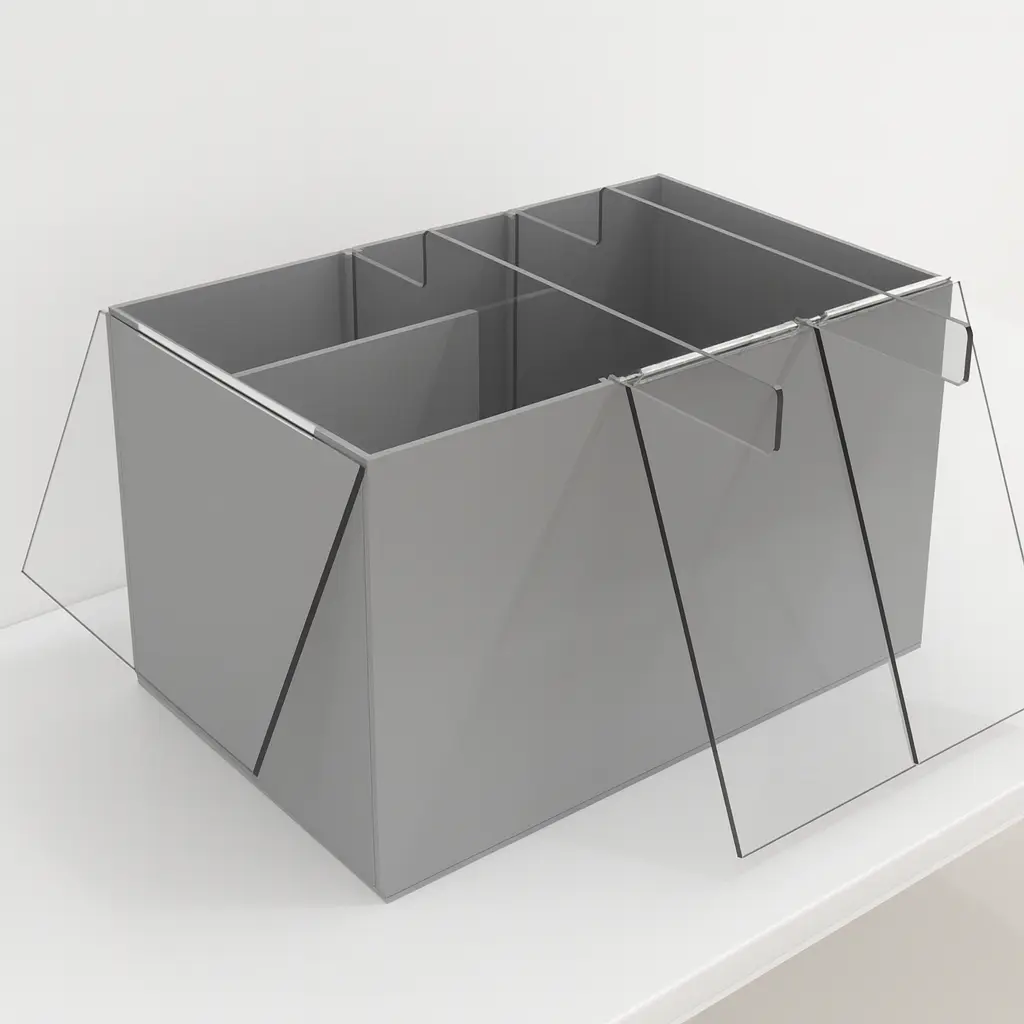
Invention & Advantages

Expanded paradigm
4-day testing protocol instead of a single 10-hour session.

Reduced stress:
Increases motivation, minimizes exhaustion.
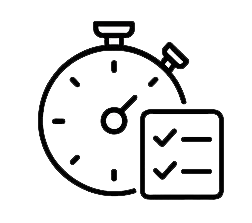
New parameters
Includes latency to eat, time holding food, and reward consumption metrics.
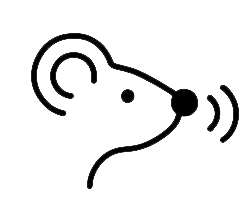
Versatile discrimination tasks
Uses odor cues, tactile media, and reversal learning.

Species adaptable
Configurable for both mice and rats.
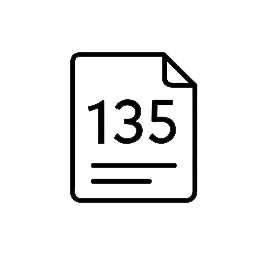
Well-cited tool:
Over 135 publications validate its research utility.
Applications
Study of attentional flexibility and executive function.
Evaluation of fronto-executive dysfunctions from neurodevelopmental lead exposure.
Pharmacological studies of drugs targeting cognition.
Modeling of psychiatric and neurodevelopmental disorders.
Research into sex, age, and strain-specific behavioral differences.
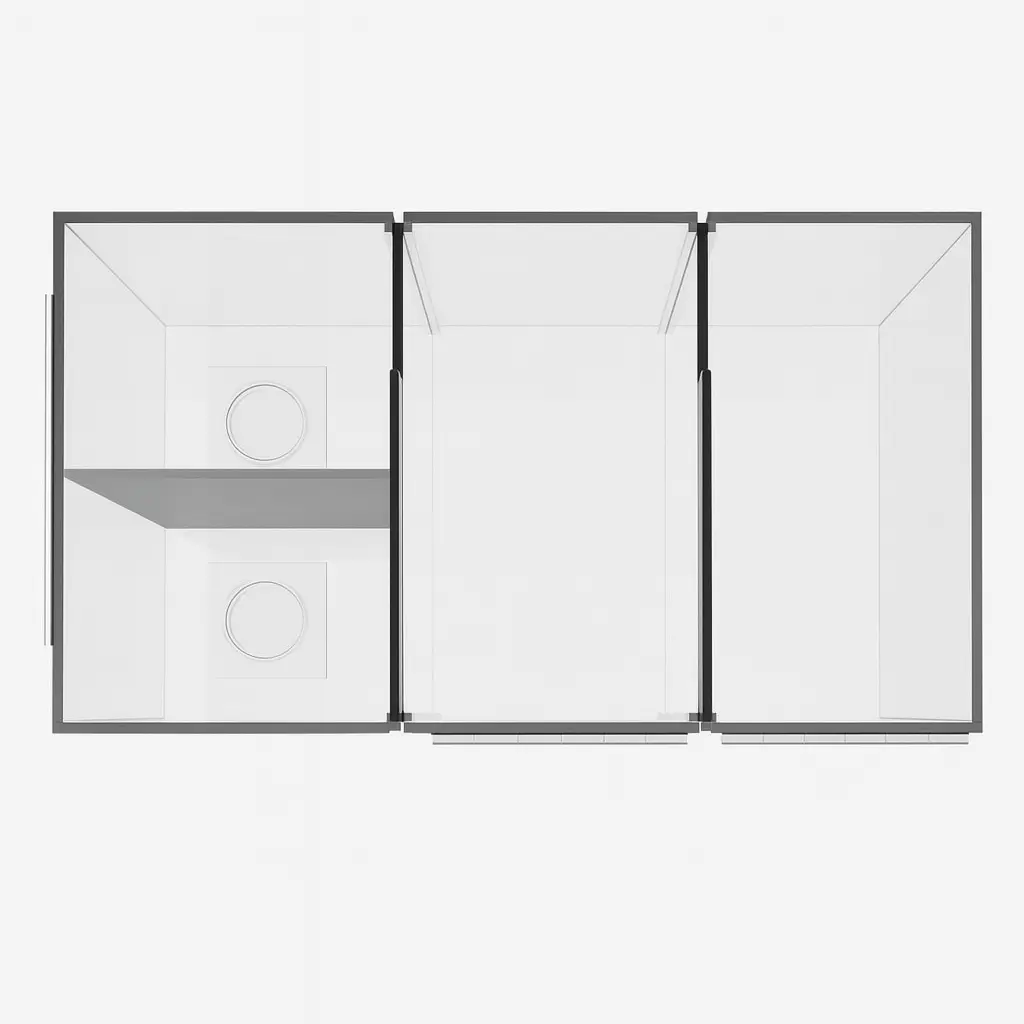
Apparatus & Equipment
Mouse ASST – $2,990
- Principal chamber: 14 × 8.5 × 8 in, split into 3 sections.
- Flip-up lids: 8.75 × 4.25 in (x2).
- Food bowls: 12 plexiglass bowls (1.75 in diameter).
Rat ASST – $3,290
- Principal chamber: 28 × 16.5 × 16 in, split into 3 sections.
- Flip-up lids: 17.5 × 8.5 in (x2).
- Food bowls: 24 plexiglass bowls (3.5 in diameter).
Training Protocol
- Pre-training:
Food restriction for 2 weeks under NIH guidelines to ensure steady metabolic state and motivation.
Dig training with incremental shredded paper depths (25% → 100%) until rodents complete 10 successful retrievals.
- Test Training:
Four-day testing protocol:
Day 1: Two-choice stimuli (odor or texture) paired with food reward.
Day 2: New stimuli sets, discrimination reversals.
Day 3: Interdimensional shifts and reversals.
Day 4: Extradimensional shifts and reversals.
- Parameters Measured:
Time to reach food bowl.
Latency to approach/eat.
Correct vs incorrect discriminations.
Time holding and consuming reward.
Strengths & Limitations
Strengths
- More comprehensive than the original ASST.
- Sensitive to sex, strain, and developmental differences.
- Incorporates multiple discrimination paradigms.
- Cited in extensive peer-reviewed literature.
Limitations
- Requires strict cleaning to avoid odor confounds.
- Dependent on exploratory motivation.
- Handling and external stimuli can influence results.
Principal Investigator
Contact

Neil Veloso
Executive Director, Brown Technology Innovations ✉ [email protected]
References
Birrell JM, & Brown VJ. Medial frontal cortex mediates perceptual attentional set-shifting in the rat. J Neurosci. 2000.
Tait, D. S., Bowman, E. M., Neuwirth, L. S., & Brown, V. J. (2018). Assessment of intradimensional/extradimensional attentional set-shifting in rats. Neurosci Biobehav Rev, 89, 72-84.
Neuwirth, L.S. et al. (2019a). Sex-based impairments in executive functions after developmental lead exposure in rats. Behav Brain Res, 366, 126-134.
Neuwirth, L.S. et al. (2019b). Taurine rescues fronto-executive dysfunctions from low-level lead exposure in rats. Adv Exp Med Biol, 1155: 821-846.
Neuwirth, L.S. et al. (2020). Low-level lead exposure impairs fronto-executive functions: A call to update DSM-5. Psychol Neurosci, 13(3), 299–325.
Neuwirth, L.S. et al. (2022). Need for standardization of light stimuli in rodent anxiety tests. Front Mol Neurosci, 15.

Interested in bringing your innovation to life?
Our Tech Transfer program partners with scientists to commercialize cutting-edge neuroscience tools. If you’re an inventor or would like more information on any of the mazes, we’d love to hear from you
